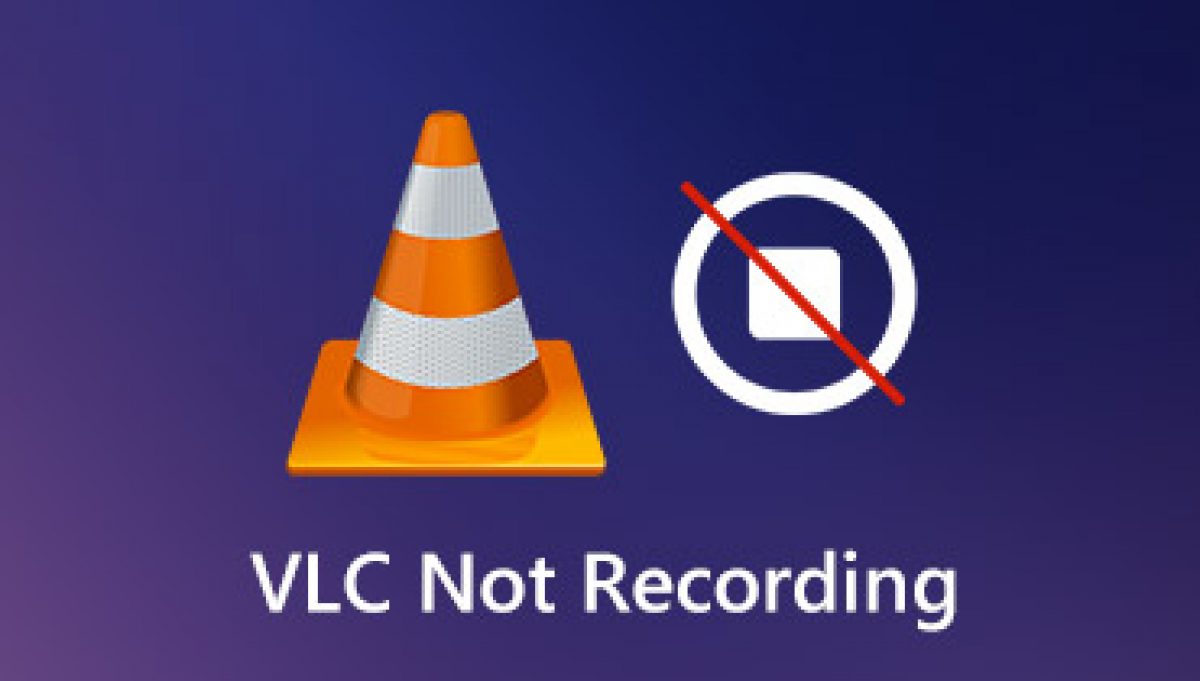

The screencast that VLC records is pretty basic. Other platforms may have issues as well, so converting it to MP4 is a good idea.

AVI videos tend to be larger overall, and the default Windows 10 Movies & TV app cannot play them. You can still convert it to MP4 format if you want. AVI file format is not the most popular video format, but VLC player can play it. The video will be saved to your video library in AVI file format. > When you finish recording, please restore VLC player and click record button again to stop recording. You can minimize the app and save whatever you need. Click the Record button on the bar and the VLC player will start recording it. This is where the extra control bar comes in. > At this point, the VLC player is just streaming your desktop but not recording anything. Click on it and the VLC player will show you your desktop. This is a reasonable quality for a screencast, but you can increase it if you wish (hardware limitations may apply).Īt the bottom of this window, you will see a Play button.

By default, it's set to 1, which is ridiculously low. Second, in the Options section, you will see the option "Desired frame rate for capture". First, open the Capture mode drop-down menu and select "Desktop" from the options listed. In the window that opens, you need to change two things. You can also open it with the keyboard shortcut Ctrl + C. This will add a second control bar above the default control bar at the bottom of the VLC player. Open the VLC player and go to View> Advanced controls.


 0 kommentar(er)
0 kommentar(er)
